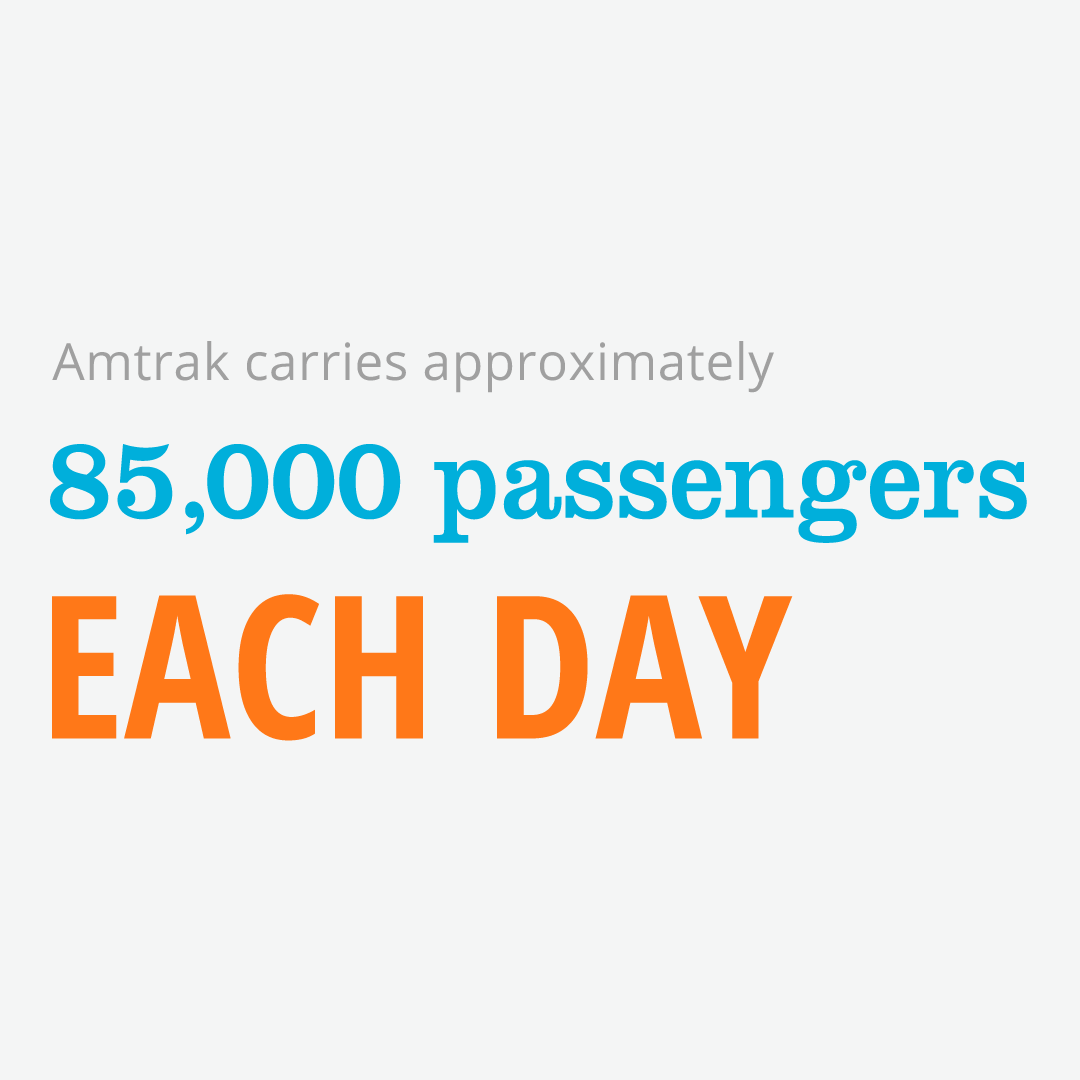2024 ASCE economic study released at live event
“It’s a great morning, right?,” said former ASCE President Kristina Swallow at Monday’s release event for ASCE’s new Bridging the Gap economic study. The event provided participants the ability to not just learn about the findings in the new economic report but to also hear from experts about how the policy landscape has shifted in recent years and what those shifts will mean as we try to build on the success of recent federal infrastructure investments.
Please view our full economic study here, share the infographic, check out the fresh summary website, and watch the release event in full on YouTube or below.
U.S. infrastructure investments save money for families and businesses
Since 2011, ASCE has issued a recurring economic study – formerly called “Failure to Act” – to measure the benefits and consequences of infrastructure investments or lack of investments on American families, businesses, and our economy’s global competitiveness.
In the 2021 Failure to Act study, ASCE found that the long-term effects of underinvestment in infrastructure created a $3,300 per year loss for American households (2019 dollars). That burden is the culmination of cascading impacts on the nation’s economy, impacting business productivity, gross domestic product (GDP), employment, and international competitiveness.
But here’s the good news: recent action from Congress, state and local governments, and the private sector have made a downpayment on the costly infrastructure gap we identified in 2021. ASCE’s new Bridging the Gap analysis shows that delivered and anticipated investments from the 2021 Bipartisan Infrastructure Law, the 2022 Inflation Reduction Act, and other measures reduce costs to American families by at least $600 from ASCE’s 2021 economic study (2022 dollars). The funding has provided an initial and consequential step in bridging the funding gap between the nation’s infrastructure needs and investment.
There’s even better news: Over the next 10 years, by continuing recent levels of federal, state, and private investment, Bridging the Gap estimates that $600 billion will be saved in GDP compared to pre-COVID investment levels.
The savings from leaders continuing to prioritize U.S. infrastructure investments after current laws expire in 2026 amount to savings for every family of nearly $700 annually over the next twenty years (2022 dollars).
Improving America’s infrastructure requires the government and private sector
“We can see this cut across industries,” said 2024 ASCE President Marsia Geldert-Murphey. “We’re talking about advocacy, advocacy, advocacy. We have to keep having these challenging conversations,” she said, speaking of transportation, water, energy, and water transportation gaps. The “gap” means more than dollars; it includes workforce, regulation, research, innovation, and new coordination among stakeholder groups.
Bridging America’s infrastructure gap is a group effort and cannot be done by the federal government alone. To be successful, we will need the state and local governments and the private sector to step up. We’ll also need further policy changes like permitting reform and the implementation of new innovations that can reduce costs:









































